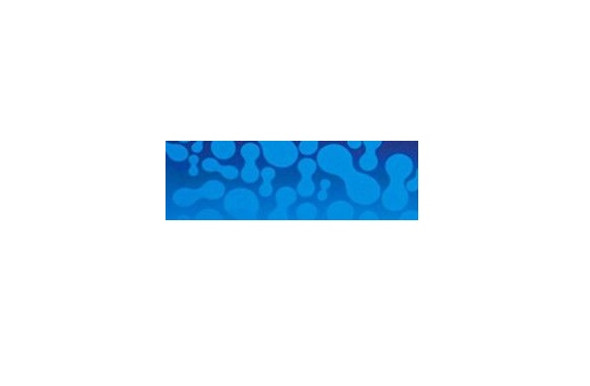Description
Recombinant Mouse IFNAR1/IFNAR Protein (His Tag)(Active) | PKSM040664 | Gentaur US, UK & Europe Disrtribition
Synonyms: CD118;Ifar;Ifnar;Ifrc;Infar
Active Protein: Active protein
Activity: A DNA sequence encoding the extracellular domain of mouse IFNAR1 (NP_034638.2) extracellular domain (Met 1-Thr 429) was expressed, with a polyhistidine tag at the C-terminus.
Protein Construction: A DNA sequence encoding the extracellular domain of mouse IFNAR1 (NP_034638.2) extracellular domain (Met 1-Thr 429) was expressed, with a polyhistidine tag at the C-terminus.
Fusion Tag: C-His
Species: Mouse
Expressed Host: HEK293 Cells
Shipping: This product is provided as lyophilized powder which is shipped with ice packs.
Purity: > 96 % as determined by reducing SDS-PAGE.
Endotoxin: < 1.0 EU per μg of the protein as determined by the LAL method.
Stability and Storage: Generally, lyophilized proteins are stable for up to 12 months when stored at -20 to -80℃. Reconstituted protein solution can be stored at 4-8℃ for 2-7 days. Aliquots of reconstituted samples are stable at < -20℃ for 3 months.
Molecular Mass: 47 kDa
Formulation: Lyophilized from sterile PBS, pH 7.4
Reconstitution: Please refer to the printed manual for detailed information.
Background: Interferon-alpha/beta receptor alpha chain (IFNAR1) is a type I membrane protein that forms one of the two chains of a receptor for interferons alpha and beta. Binding and activation of the receptor stimulates Janus protein kinases, which in turn phosphorylate several proteins, including STAT1 and STAT2. The encoded protein also functions as an antiviral factor. Tyk2 slows down IFNAR1 degradation and that this is due, at least in part, to inhibition of IFNAR1 endocytosis. Mutant versions of IFNAR1, in which Tyr466 is changed to phenylalanine, can act in a dominant negative manner to inhibit phosphorylation of STAT2. These observations are consistent with a model in which IFNAR1 mediates the interaction between JAK kinases and the STAT transcription factors.
Research Area: N/A






